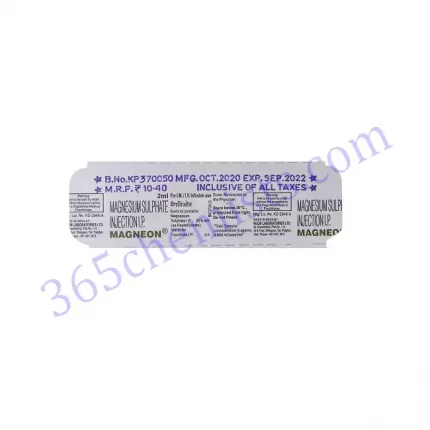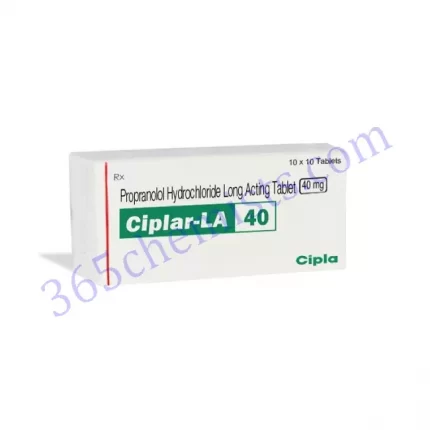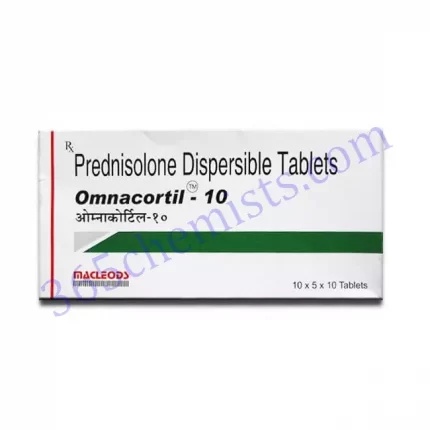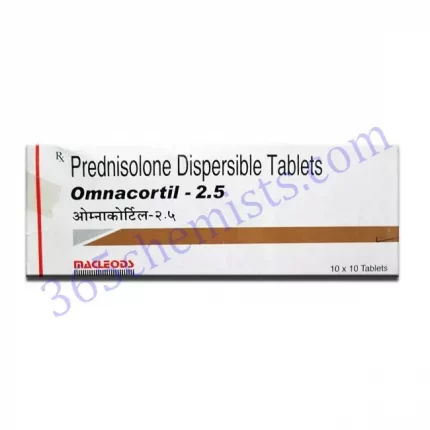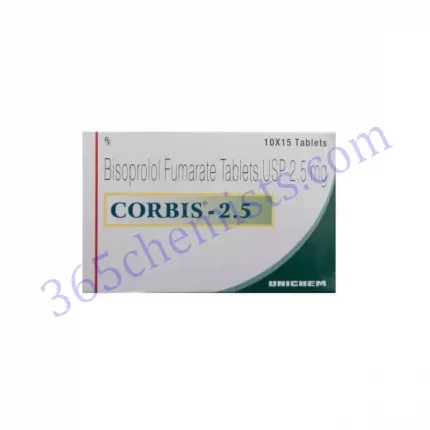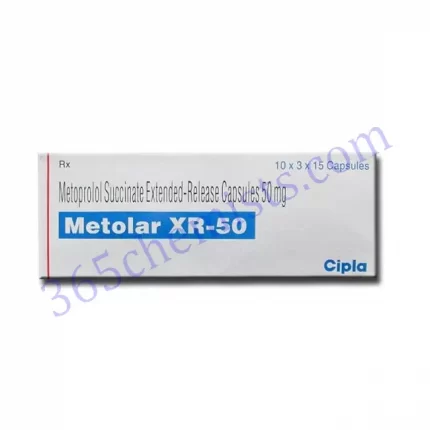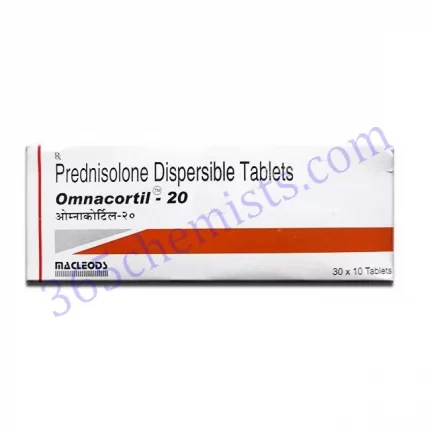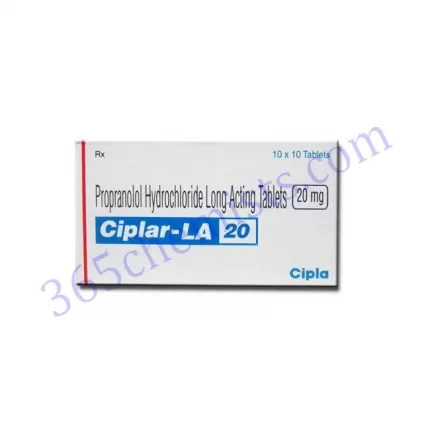Loxicard 2% Infusion: Effective Intravenous Lidocaine for Pain Management
Lidocaine is a powerful local anaesthetic, and the Loxicard 2% Infusion is a specialised intravenous formulation that contains this anaesthetic. Loxicard Infusion is utilised in a variety of medical settings for the purpose of providing efficient management of pain due to its 2% lidocaine concentration. The purpose of this all-encompassing description is to provide an overview of the advantages, practical applications, and potential risks associated with Loxicard 2% Infusion.
Potent Local Anesthetic Properties
The amide category of local anaesthetics is where you’ll find Lidocaine, which is the active component in Loxicard 2% Infusion. It achieves its effects by inhibiting the transmission of nerve signals in the region to which it is applied, thereby providing momentary relief from pain and numbness. The higher concentration of lidocaine found in Loxicard 2% Infusion makes it possible to achieve powerful and immediate anaesthesia for the treatment of pain.
Versatile Applications
Loxicard 2% Infusion can be used for a wide variety of purposes related to the management of pain, including the following:
- Surgical Procedures: The Loxicard 2% Infusion is frequently utilised in surgical settings either as a supplementary anaesthetic to general anaesthesia or as the sole anaesthetic for particular procedures. It has the potential to lessen the patient’s experience of post-operative pain and to make the patient more comfortable both during and after surgery.
- Chronic Pain Management: Loxicard 2% Infusion is used in specialised pain management clinics to provide relief for chronic pain conditions such as neuropathic pain, complex regional pain syndrome, or fibromyalgia. Chronic pain can be caused by a number of different factors, including nerve damage, inflammation, and other medical conditions. Lidocaine can be delivered to specific pain pathways in a precise and controlled manner via intravenous administration, which allows for optimal patient comfort.
- Arrhythmias of the Heart: In addition, Loxicard 2% Infusion may be utilised in certain cardiac settings for the purpose of arrhythmia management. Because of its antiarrhythmic properties, lidocaine can assist in reestablishing a normal rhythm in the heart and preventing potentially fatal cardiac events.
Expert Administration and Monitoring
Infusions of Loxicard 2% should never be given to patients unless they are done so by properly trained medical professionals in a sterile medical setting. During the infusion, it is absolutely necessary to carefully monitor the patient’s vital signs, such as blood pressure, heart rate, and electrocardiogram, in order to guarantee the patient’s safety and achieve the best possible results in terms of pain management. The dosage and the rate of infusion should be adjusted to meet the requirements of each individual patient, and their progress should be carefully monitored throughout the procedure.
Safety Considerations and Precautions
Loxicard 2% Infusion is generally safe when administered by trained medical professionals; however, the following safety measures should be observed:
- Patients who have been diagnosed with an allergy to lidocaine or to any other local anaesthetics should not receive Loxicard 2% Infusion because it may trigger their allergy. It is essential to provide the medical professional with information regarding any allergies or sensitivities that are already known.
- Systemic Effects Because lidocaine is capable of being absorbed into the body’s circulatory system, it may cause systemic effects such as altered heart rhythms, drowsiness, and vertigo in some patients. Monitoring the patient’s reaction and modifying the dosage as needed are both necessary steps in the process of preventing adverse effects.
- Interactions with Other Medications: Lidocaine may have the potential to interact with a number of other medications, which could either increase the likelihood of unwanted effects or change how well other medications work. It is essential to provide the healthcare professional with information regarding any medications, supplements, or herbal products that are currently being consumed.
Potential Side Effects
Drowsiness, lightheadedness, and reactions at the injection site may be some of the more common adverse effects associated with Loxicard 2% Infusion. In most cases, these effects are only temporary and can be tolerated quite comfortably. Serious adverse reactions are extremely uncommon but may include allergic reactions or problems related to the heart. In the event that any severe or lingering adverse effects manifest themselves, immediate medical attention needs to be sought.
Conclusion
In a variety of medical settings, a specialised intravenous formulation known as Loxicard 2% Infusion (Lidocaine) is administered to patients in order to effectively manage their pain. Loxicard 2% Infusion provides targeted pain relief during surgical procedures, chronic pain management, and cardiac arrhythmia treatment thanks to its potent local anaesthetic properties and versatile applications. Maintaining adherence to safety precautions, receiving expert administration, and carefully monitoring patients ensures the best possible results. Loxicard 2% Infusion should be administered under the supervision of a medical professional to ensure that the patient receives the correct dosage, infusion rate, and length of treatment in order to cater to the specific requirements of the patient and protect their health.




